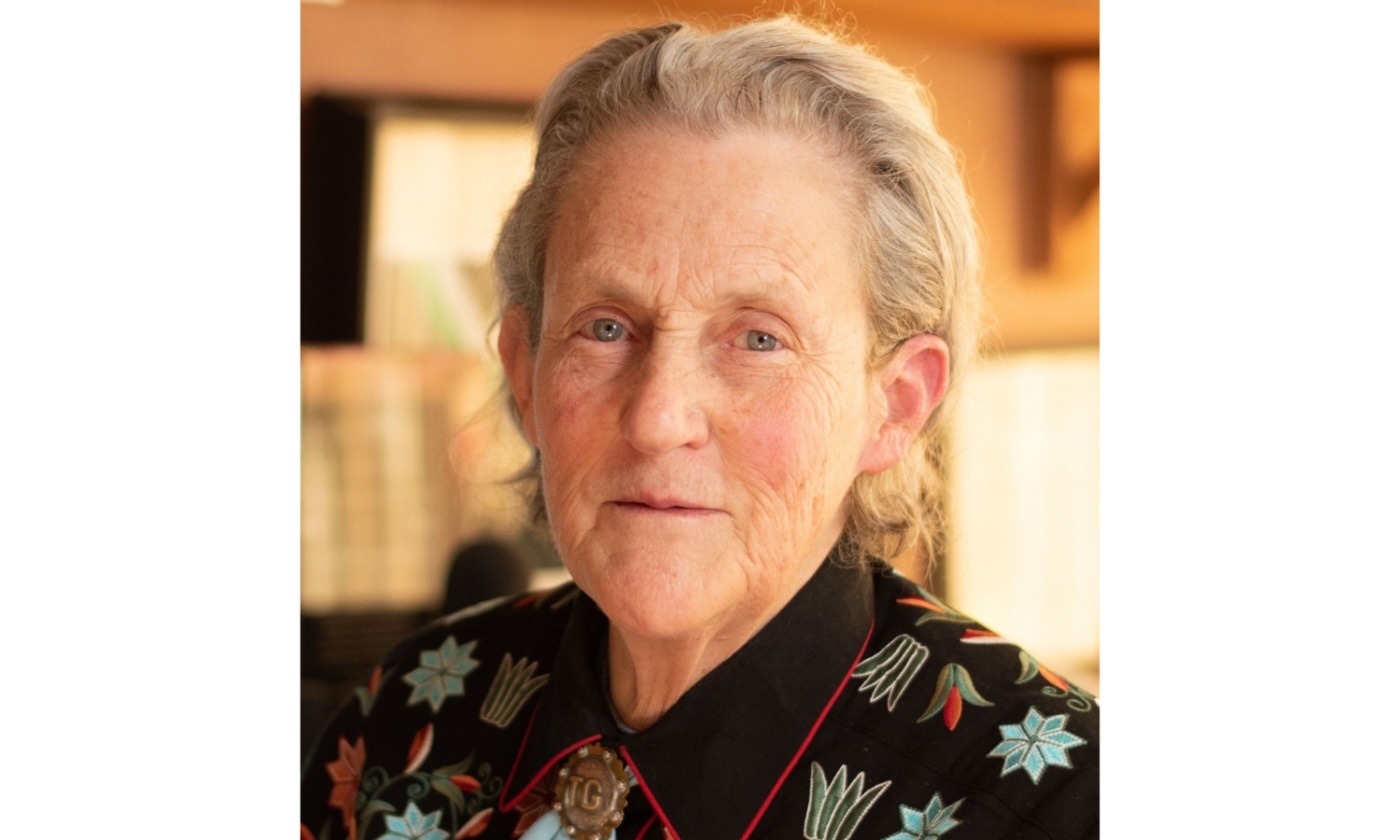Rethinking How Our Approach To Teaching Mathematics Can Cater To Those Who Think Visually.
Temple Grandin, PhD, one of first adults to publicly disclose that she is autistic and to document the insights of autism, considered to be an autistic savant, shared her insights during an interview by Matthew Rozsa, staff writer for Salon, about her 2022 book, “Visual Thinkers: The Hidden Gifts of People Who Think In Pictures, Patterns and Abstractions”.
This is a summary of that interview. Full Story: Salon Temple Grandin, a renowned advocate for neurodiversity, and a visual thinker herself, deconstructs the different types of autistic minds In her book for young adults, “Different Kinds of Minds: A Guide To Your Brain”.
- Visual Thinkers, like she is, process information through photographic images and pictures. .
- Music and Math Thinkers tend to excel in patterns and may demonstrate proficiency in mathematics, chess, and computer programming.
- Verbal Logic Thinkers approach thinking through word details.
Grandin points out that individuals such as Albert Einstein, Steve Jobs, Elon Musk, Katharine Johnson, were visual thinker. They were able to navigate the educational system and realize their potential. Yet, how many of our talented students who may be visual thinkers left behind because we are not catering our teaching of mathematics to how they process information?
Temple Grandin contends that our education system should cater more effectively to individuals who think and process information differently. She advocates for a revamp in the teaching of mathematics, emphasizing the need for a more effective approach that accommodates visual thinkers. According to Grandin, the current teaching methods, particularly for abstract concepts like algebra, may not resonate well with visual thinkers. Temple Grandin writes that, “We’re teaching the wrong math and we’re teaching it the wrong way.”
Should all students be required to take algebra? Abstract algebra is typically taught in an abstract way and for a visual-spatial thinker who thinks in patterns, algebra may make sense. Yet, for a visual thinker who thinks in pictures, algebra may be perplexing. For visual thinkers, as Temple Grandin is, algebra needs to be taught in a practical and visual way, using real-world examples that visual learners can visualize. She illustrates this with an example of using the formula for finding the area of a circle to calculate pressures on hydraulic cylinders. She can then imagine the piece of equipment like an excavator digging on a construction site and using the memorize formula, can figure out how much hydraulic pressure she needs to exert a given force on the cylinder.
For visual thinkers, Temple Grandin suggests that these students could opt for alternative mathematical studies, such as geometry or practical business mathematics, or engage in a more hands-on, visual application class such as shop or Career Tech Education courses.
Temple Grandin advocates for a more flexible approach to teaching mathematics so as to better address the learning profiles of neurodivergent students, tapping into their potential within the existing educational framework.
We need all kinds of minds, diverse minds, including those with autistic minds, working together to contribute unique perspectives in solving real-world problems.
Summary written by Marcia Banks Contributor to LePôle
